Bruges stadiums
The Venice of the North has a very rich football history with its flagship clubs, the Club and the Cercle.
At the beginning, it was everyone at home but forced, the two clubs became tenants of a single ground.
Historical review of the three main stadiums in Brugge.

One city, two clubs
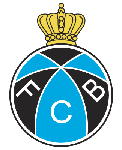 Football appeared in Bruges in 1891. The first club founded was the Brugsche Football Club and its members were genuinely pro-Flemish;
its colors would be yellow and black. You should know that at the time, the bourgeoisie (and therefore the power) was in the hands of
French speakers, whether Flemish or not. The demand for the Flemish language is already strong in Belgium and if most of the clubs are
founded with French-speaking names (AA La Gantoise, CS Courtraisien, FC Malinois, Racing de Malines, etc.), some clubs nevertheless have
a Flemish name from the start as in Bruges.
Football appeared in Bruges in 1891. The first club founded was the Brugsche Football Club and its members were genuinely pro-Flemish;
its colors would be yellow and black. You should know that at the time, the bourgeoisie (and therefore the power) was in the hands of
French speakers, whether Flemish or not. The demand for the Flemish language is already strong in Belgium and if most of the clubs are
founded with French-speaking names (AA La Gantoise, CS Courtraisien, FC Malinois, Racing de Malines, etc.), some clubs nevertheless have
a Flemish name from the start as in Bruges.
This club only has a very ephemeral existence and if it takes part in the foundation of URBSFA and in the very first championship in 1895,
dissident members leave the club in 1894 to found FC Brugeois, its colors will be blue and black. The two clubs reunite in 1897 and merge
to create FC Brugeois. They keep the colors blue and black and the Brugsche FC is already only a memory.
 At the same time, in 1899, two small clubs (the Vlaamsche Football Club and the Rapid Football Club) merged to form the Cercle
Sportif Brugeois. This new club is a section of the Alumni Association of the St. Francis Xavier Institute in Bruges, which also
has tennis, cycling, running and cricket sections in addition to football. The colors of the Cercle are green and black. The merger
of 1899 did not please everyone, however, and pro-Flemish dissidents left the Cercle to re-found Vlaamsche FC. Quickly, the club didn't
appear to be viable and was quickly absorbed by the rivals of the Club Brugeois in 1902.
At the same time, in 1899, two small clubs (the Vlaamsche Football Club and the Rapid Football Club) merged to form the Cercle
Sportif Brugeois. This new club is a section of the Alumni Association of the St. Francis Xavier Institute in Bruges, which also
has tennis, cycling, running and cricket sections in addition to football. The colors of the Cercle are green and black. The merger
of 1899 did not please everyone, however, and pro-Flemish dissidents left the Cercle to re-found Vlaamsche FC. Quickly, the club didn't
appear to be viable and was quickly absorbed by the rivals of the Club Brugeois in 1902.
The rivalry between the two clubs is already very real and can be explained by the origin of these two clubs and in the sections
of the population where these clubs seek their supporters.
The Cercle claims to be a Catholic club while the Club comes from the liberal bourgeoisie. This political and ideological rivalry
is found at the time everywhere in Belgium and in Bruges, one must choose its side : either the Blauw & Zwart of the Club,
or the Groen-Zwart of the Cercle.
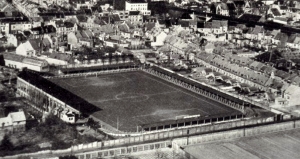
The first Flemish champion
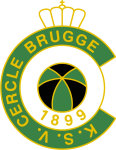 For 15 years, Belgian football remained dominated by two cities : Brussels and Liège.
For 15 years, Belgian football remained dominated by two cities : Brussels and Liège.
If many clubs were founded in Flanders (as everywhere in Belgium), it will be necessary to wait for the 1910-1911 season to see a
club from the north of the country crowned Belgian Champion. This honor fell to the Cercle de Bruges. Two other titles will be added
to the list of triumphs of the Cercle in 1927 and 1930. As for the Belgian Cup, this same Cercle distinguished itself by reaching the
final in 1913 and winning the event in 1927. The Cercle will lose its level during the 1930's, alternating up and down between the D1
and D2.
As for its stadium, the Cercle will play for a decade on ground located at the "Smedenpoort". There is no grandstand and the
changing rooms are located in an inn. In 1911, the club emigrated to the Torhoutsesteenweg and finally had a real stadium with a
(wooden) grandstand, a cloakroom and a surrounding wall. However, these basic installations are no longer sufficient for the
ambitions of the Cercle and a new field is acquired by Edgard De Smedt, founder of the club, in 1922. A large seated and covered
grandstand as well as standing terraces surround the lawn and can accommodate 16,000 spectators. The stadium is soberly named
“RCS Brugeois-stadion”. The death of De Smedt (who became president in 1937) in 1950 provided an opportunity for leaders to rename the
stadium to Edgard De Smedtstadion.
The stadium has not changed until it closes in 1975, except for the appearance of artificial lighting in 1957.
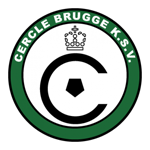 During this time, the club failed to stabilize and for fifteen years alternated between D2 and D3. Inevitably, the public sulks the
Cercle and the spans are regularly empty. However, a friendly match is organized between Stade Reims, at this time one of the best
European clubs. The Cercle loses 1-4 but the public responds and 10,000 spectators line the spans of the Edgard De Smedtstadion.
During this time, the club failed to stabilize and for fifteen years alternated between D2 and D3. Inevitably, the public sulks the
Cercle and the spans are regularly empty. However, a friendly match is organized between Stade Reims, at this time one of the best
European clubs. The Cercle loses 1-4 but the public responds and 10,000 spectators line the spans of the Edgard De Smedtstadion.
The club will have to wait until the early 1970's to find the D1 sustainably, but will remain in the shadow of the Club. The Cercle’s only notable feat was its 1985 Belgian Cup victory against Beveren. There will also be some participation in the European Cup, but with little result.
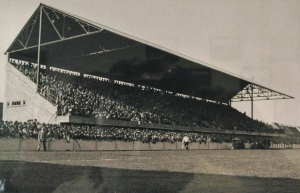
The rise of the Club
 Except for a lost Belgian Cup final in 1914, the Club's prize list remained blank. The Blauw & Zwart will take advantage
of the end of the Great War to finally win the first trophy in 1920 by becoming Belgian Champion. The Club will have to wait 53 years
to know the joy of the supreme title again. For half a century, the Club will have the hardest time stabilizing and gleaning the trophies.
Thus, the Club will be only one club among many others by making the elevator between the anteroom of the elite and the D1.
Except for a lost Belgian Cup final in 1914, the Club's prize list remained blank. The Blauw & Zwart will take advantage
of the end of the Great War to finally win the first trophy in 1920 by becoming Belgian Champion. The Club will have to wait 53 years
to know the joy of the supreme title again. For half a century, the Club will have the hardest time stabilizing and gleaning the trophies.
Thus, the Club will be only one club among many others by making the elevator between the anteroom of the elite and the D1.
If the Club’s prize list remains sparse, then president Albert Dyserynck bought the stadium where the Club has operated since 1912 and
built grandstands, changing rooms and everything an ambitious club needs built there. Over time, the “De Klokke” stadium has a capacity
of 25,000 seats.
When Dyserynck died in 1932, the stadium was renamed in honor of its late president ("Albert Dyserynckstadion").
The development of Club Brugeois did not arrive until the late 1960's. The Cup was won in 1968 and 1970 and the second title of
Champion was won in 1973. The golden age of the club began at the same time as the funding issues. In fact, to keep its rank as a
new footballing power in Belgium, the Club hires the stars of the moment without having large financial means. In addition, the
stadium has a large capacity, but its old age is starting to be a problem. To avoid bankruptcy, the leaders of the Club asked the
city for help through its mayor, Michel Van Maele (future president of the Club between 1999 and 2003). Van Maele agrees, enters the
Club’s board of directors
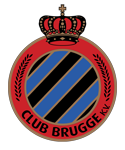 and provides the Club with a brand-new stadium built in the suburbs. In order not to harm the Cercle, which is also in difficulty,
the two professional clubs in Bruges will play alternately at the Olympiastadion, inaugurated in 1975. The two clubs will be required
to repay part of the profits from the sale of tickets to the City.
and provides the Club with a brand-new stadium built in the suburbs. In order not to harm the Cercle, which is also in difficulty,
the two professional clubs in Bruges will play alternately at the Olympiastadion, inaugurated in 1975. The two clubs will be required
to repay part of the profits from the sale of tickets to the City.
From that moment, the Club became the second most successful club in Belgium (behind Anderlecht) by winning the Championship in 1976,
1977, 1978, 1980, 1988, 1990, 1992, 1996, 1998, 2003, 2005 and 2016. In Cup, the Club became the most successful club with victories
in 1977, 1986, 1991, 1995, 1996, 2002, 2004, 2007 and 2015.
The Club also distinguished itself by reaching two European finals : The UEFA Cup in 1976 and the Champions Club Cup in 1978. Two finals
lost but which will have made the Club Brugeois known throughout Europe.
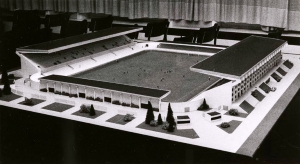
Jan Breydelstadion
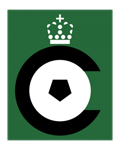 The stadium consists of a first level surrounding the entire field and can accommodate 22,000 standing spectators. On the sides,
two seated grandstands of 4,000 seats each set the capacity of the new stadium at 30,000 seats.
The stadium consists of a first level surrounding the entire field and can accommodate 22,000 standing spectators. On the sides,
two seated grandstands of 4,000 seats each set the capacity of the new stadium at 30,000 seats.
Each club has its changing rooms, offices and refreshment bars. If the two clubs share the same facilities, they are not friends
although the sporting rivalry no longer exists given the difference in level between the two clubs, the rivalry between supporters
is still very much alive. The Bruges derbies are always committed matches and the honorary title of Ploeg van 't stad ("Club of
the City") remains of great importance for both clubs.
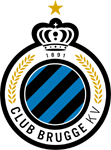 In 1987, 1,000 seats disappeared in favor of business-seats and in 1993, the new UEFA regulations concerning stadium safety forced
the City to reduce the capacity to 18,000 seats. If this capacity is largely sufficient for the Cercle, this is not the case for the
Club. Fortunately, Euro 2000 will be organized in Belgium, which will restore the capacity of 30,000 seats by adding a second tier
behind the end's stands.
In 1987, 1,000 seats disappeared in favor of business-seats and in 1993, the new UEFA regulations concerning stadium safety forced
the City to reduce the capacity to 18,000 seats. If this capacity is largely sufficient for the Cercle, this is not the case for the
Club. Fortunately, Euro 2000 will be organized in Belgium, which will restore the capacity of 30,000 seats by adding a second tier
behind the end's stands.
This work, partly funded by the Flemish Region, has the effect of changing the name of the stadium : we are now talking about the
Jan Breydelstadion, the name of a Bruges revolutionary in the 14th century and who will be the hero of a revolt against the King of
France. Still this anti-French-speaking obsession...
The stadium is large, modern and safe, but the two clubs dream of finding their own stadium. The Club has been planning a new 44,000
seats stadium for a decade, while the Cercle has dreamed of a 12,000 seats stadium (either a new stadium or a reduction in capacity
of the Jan Breydelstadion once the Club has left).
These two projects remain unanswered for the moment and the two clubs get on with the communal stadium without much difficulty.
Pictures
Edgard De Smedtstadion
The crowd crowds at the gates of the Cercle's stadium in the 1920's.
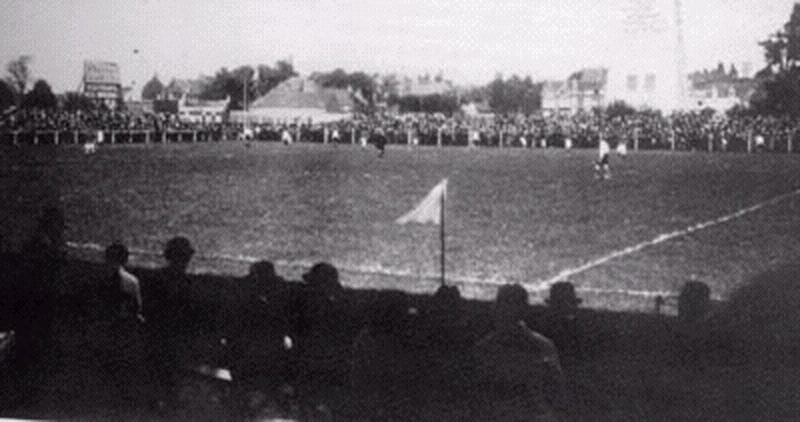
Edgard De Smedtstadion
The crowd is regularly present during the golden age of CS Brugeois.
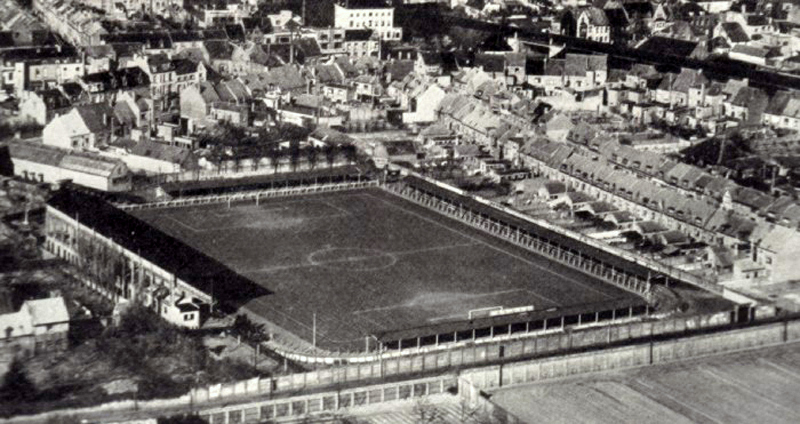
Edgard De Smedtstadion
This 16,000 seats stadium will never evolve for 53 years.
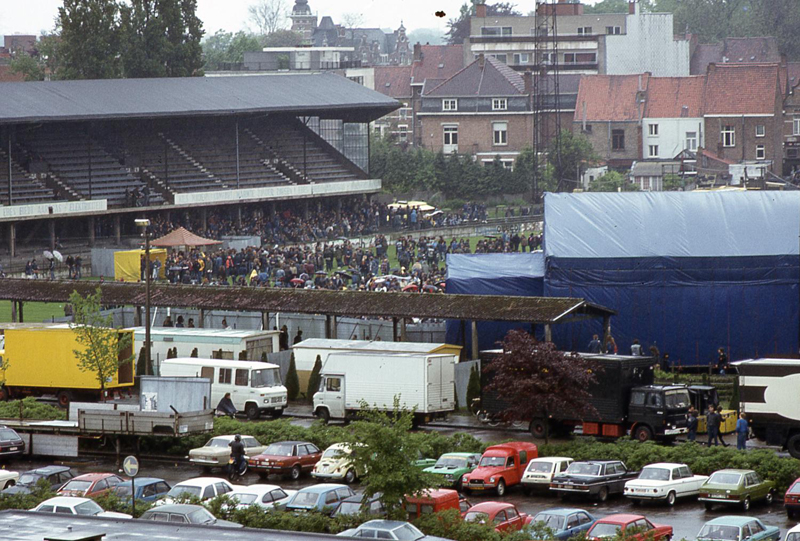
Edgard De Smedtstadion
After the Cercle’s move to the Olympiastadion, the Edgard De Smedtstadion is abandoned even if a concert is held from time to time, as here in 1983.
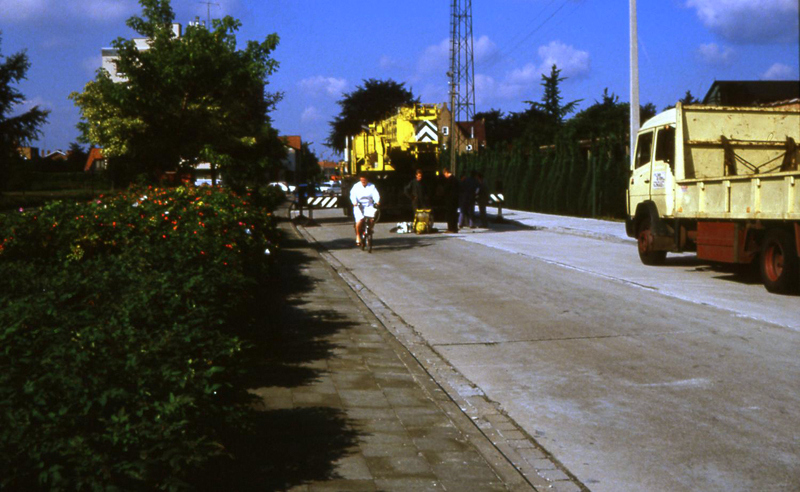
Edgard De Smedtstadion
Dismantling of rust-eroded lighting pylons in 1990. Demolition is near.
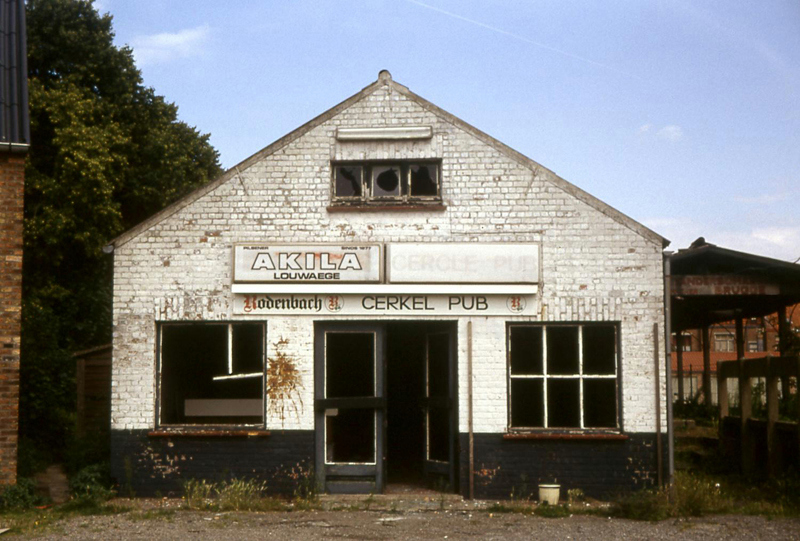
Edgard De Smedtstadion
The stadium's club house, completely looted.
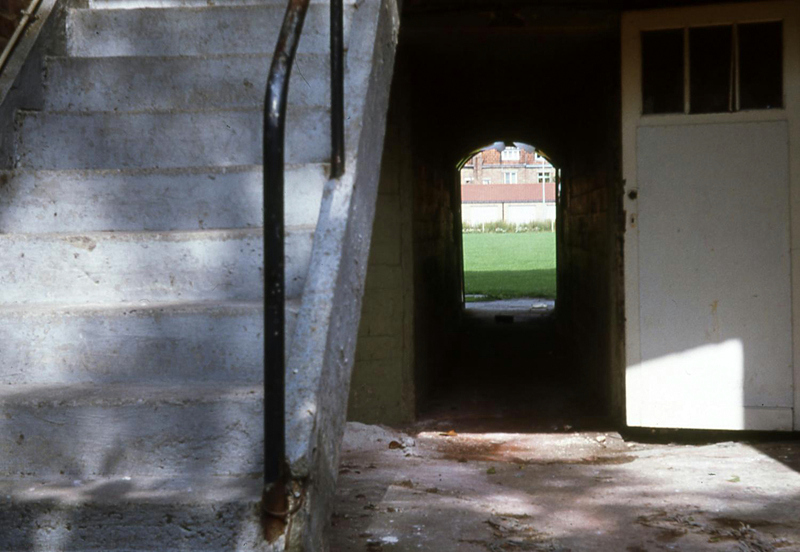
Edgard De Smedtstadion
Inside the grandstand, near the locker room.
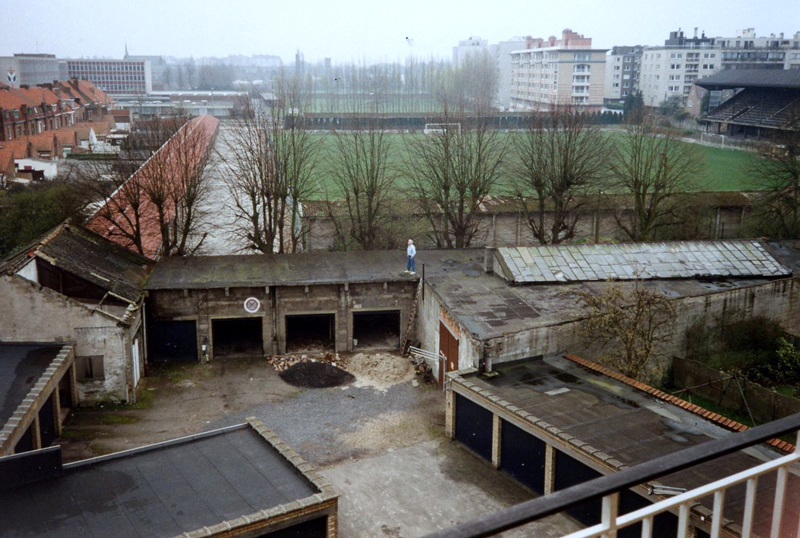
Edgard De Smedtstadion
If the pitch is still in use, the stands are completely abandoned. Here, the side stand has already been demolished.
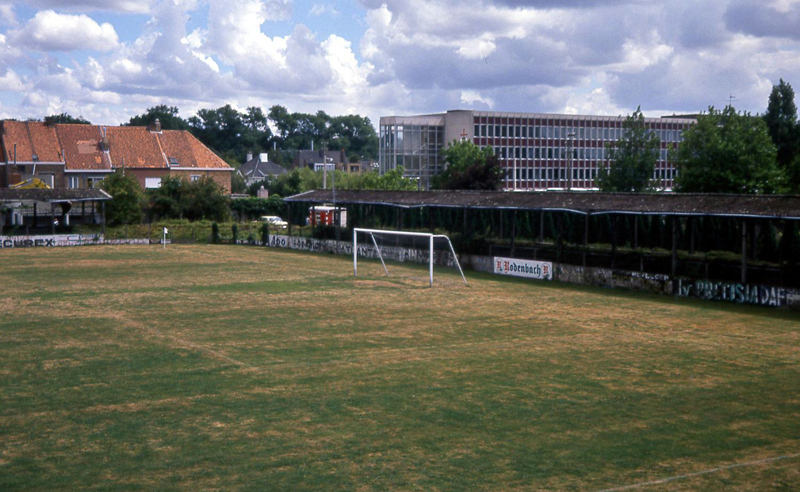
Edgard De Smedtstadion
An end stand.
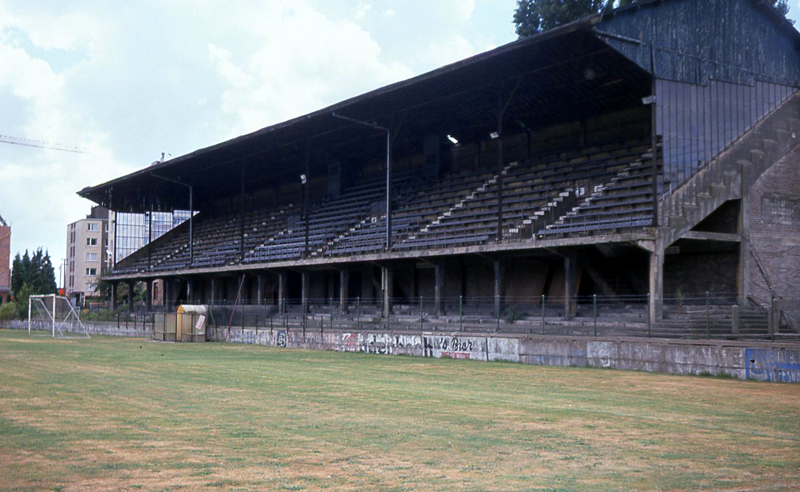
Edgard De Smedtstadion
The old main grandstand, the day before its demolition.
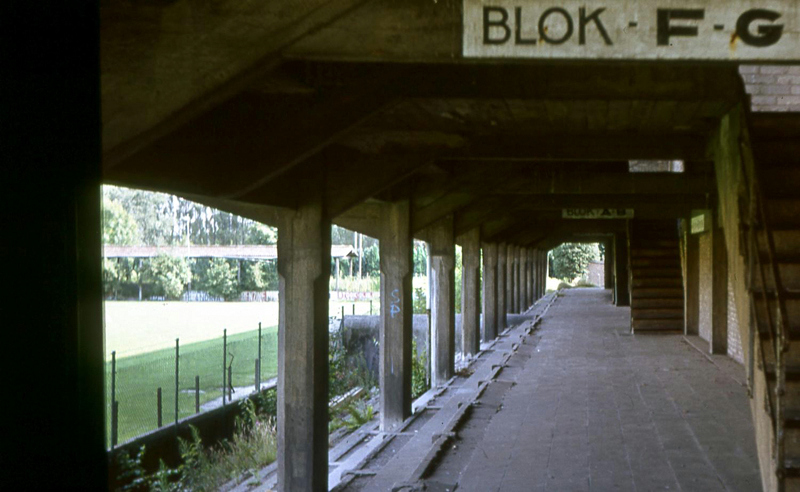
Edgard De Smedtstadion
Under the grandstand. Still in good condition, however, it has no future.
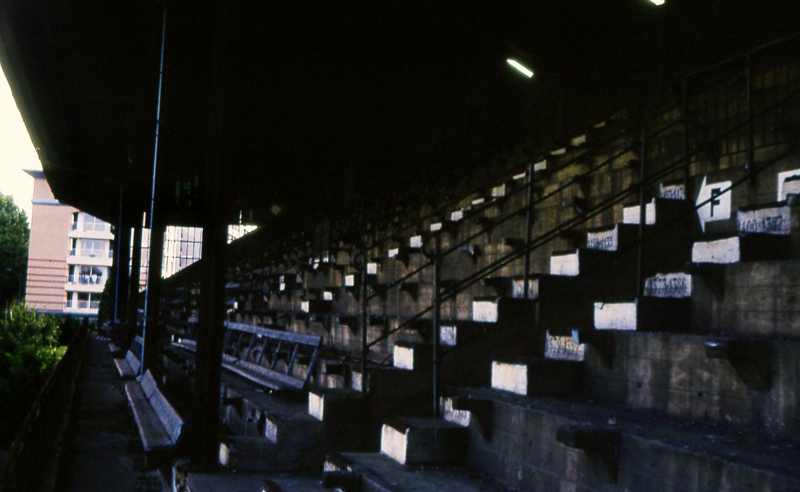
Edgard De Smedtstadion
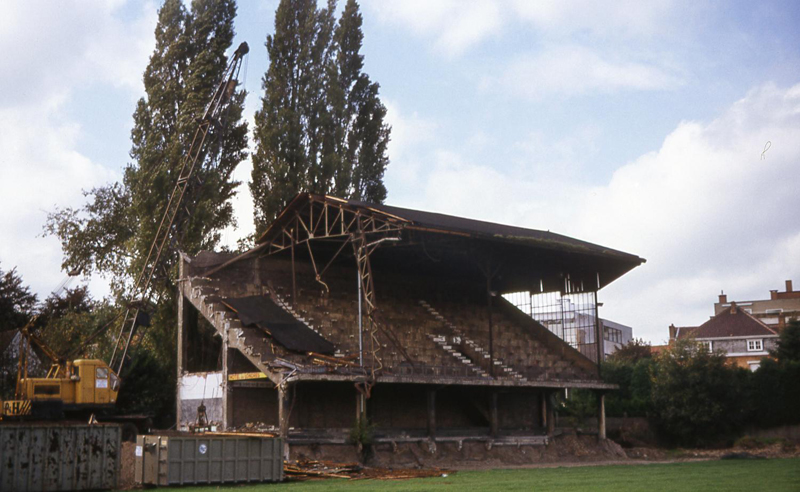
Edgard De Smedtstadion
Demolition in 1991.
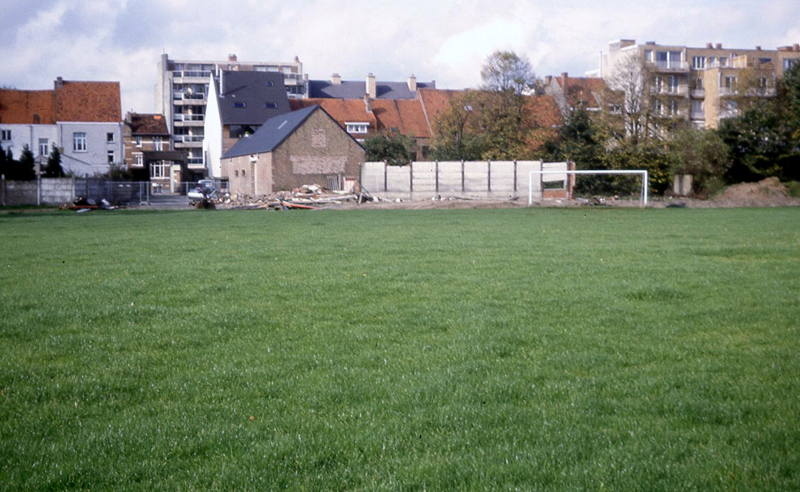
Edgard De Smedtstadion
The pitch will be converted into a site dedicated to horticulture, now known as Edgard De Smedtplantsoen.
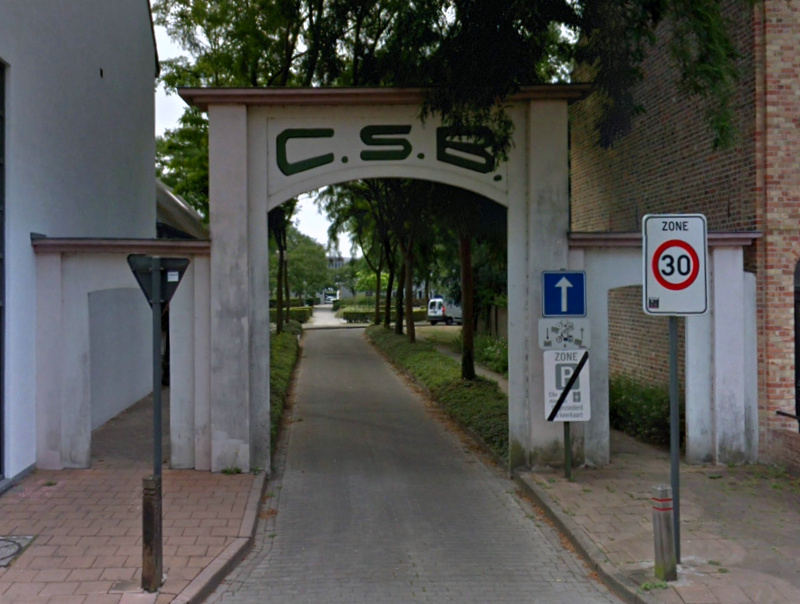
Edgard De Smedtstadion
The portal is now the last vestige of the old Edgard De Smedtstadion.
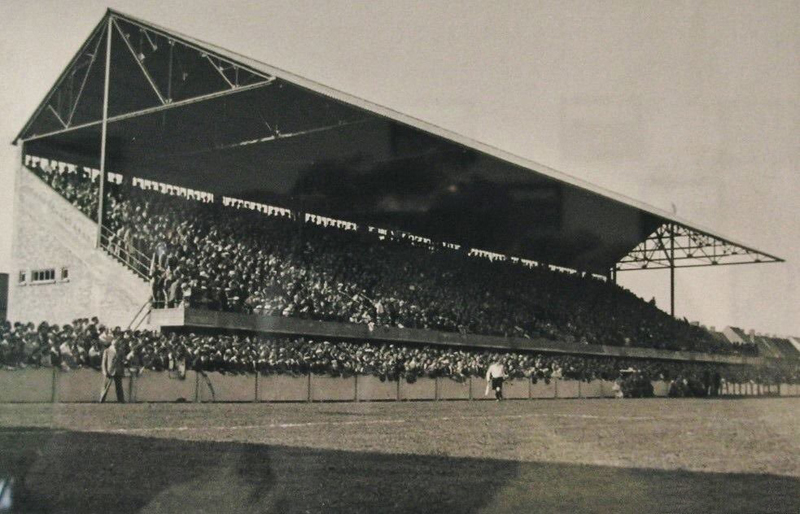
Albert Dyserynckstadion
Let’s move on to the Cercle’s hereditary enemy, the Albert Dyserynckstadion of Club Brugge.
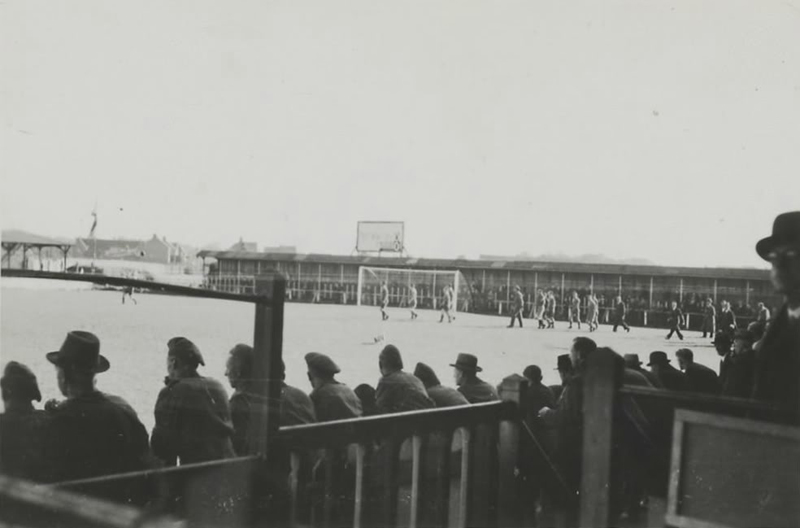
Albert Dyserynckstadion
At its beginnings, and if we except the title of 1920, the Club lives in the shadow of the Cercle and this is felt in the attendance of the stadium.
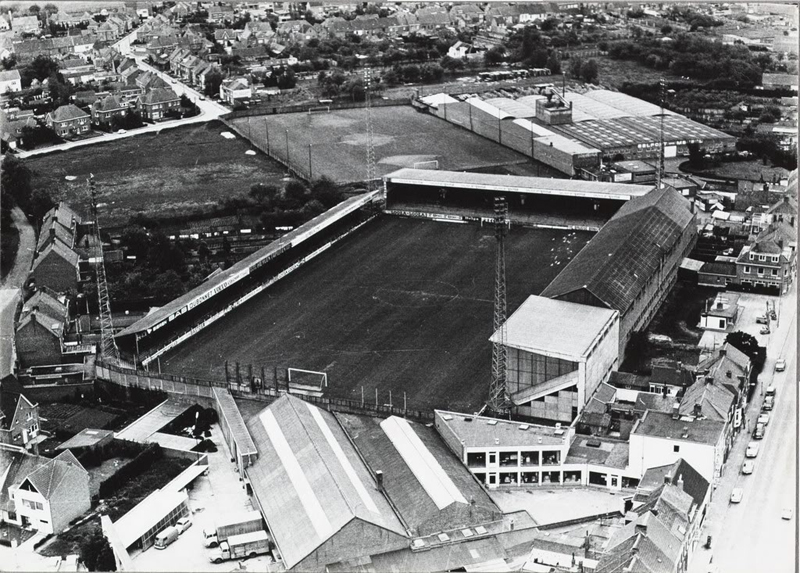
Albert Dyserynckstadion
The stadium in the early 1970's. A second tier will be built soon afterwards behind the left grandstand while the lighting pylons will be reassembled at the brand new Olympiastadion.
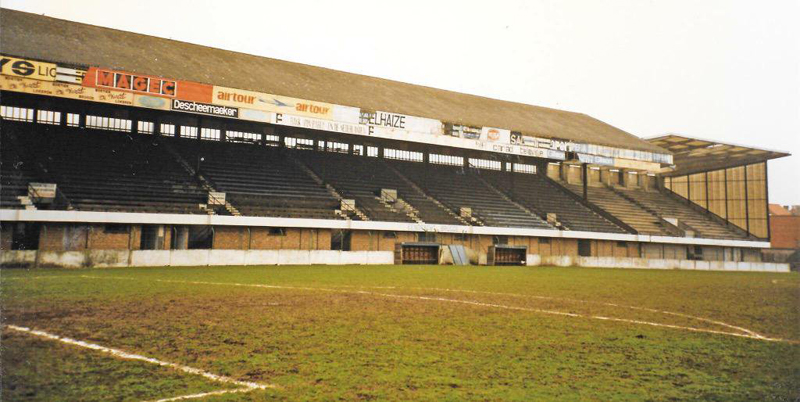
Albert Dyserynckstadion
The old De Klokke at the end of the 90's. Still used by the amateur club Eendracht Brugge VV, the stadium will however be sold to a property developer.
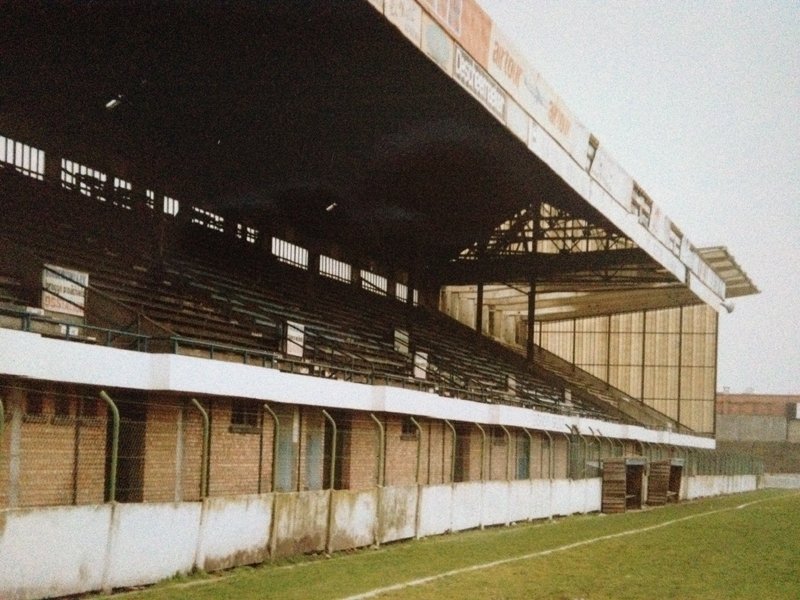
Albert Dyserynckstadion
The Club Brugge on the verge of losing its historical heritage.
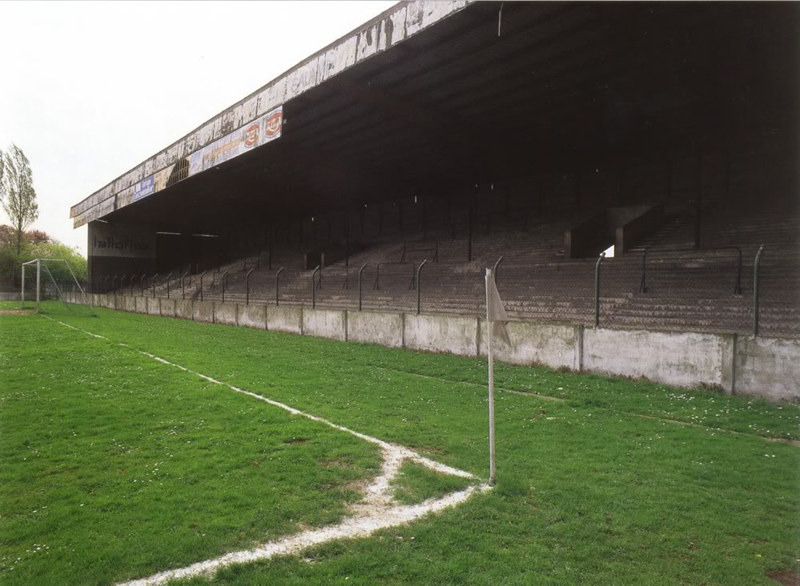
Albert Dyserynckstadion
The Spionkop, from which arose a hellish atmosphere for visitors.
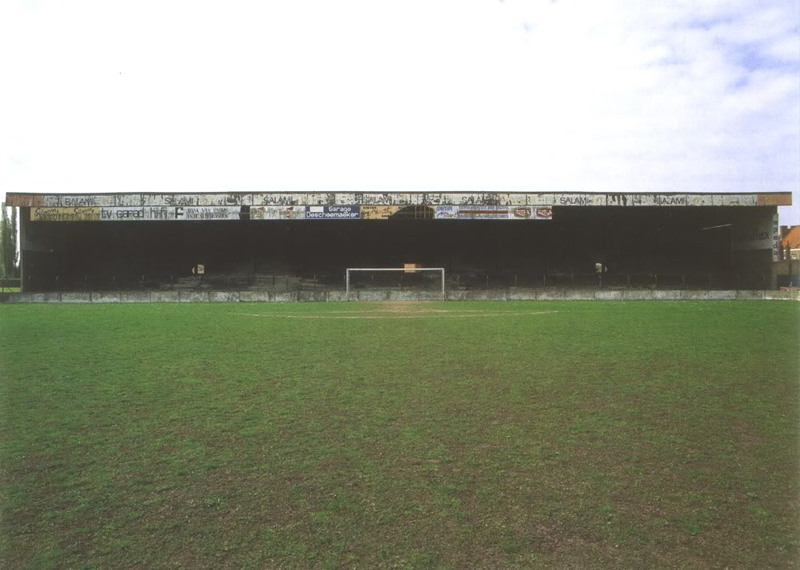
Albert Dyserynckstadion
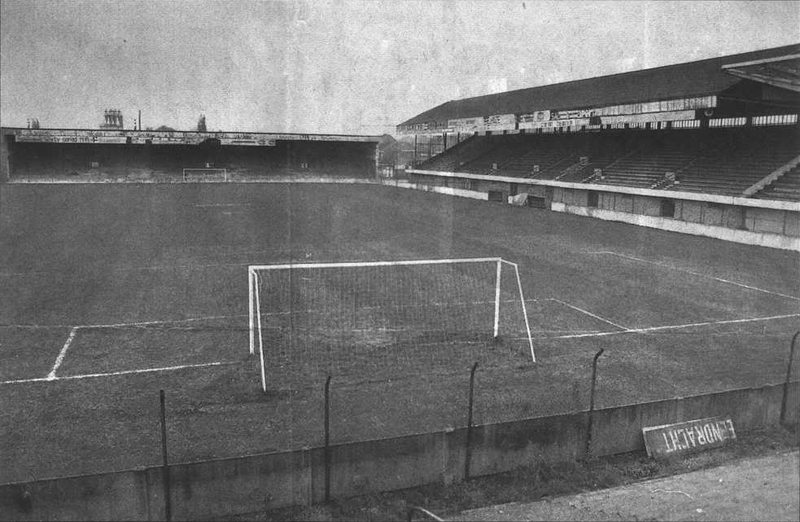
Albert Dyserynckstadion
A typical stadium but victim of the hazardous management of Club accounts.
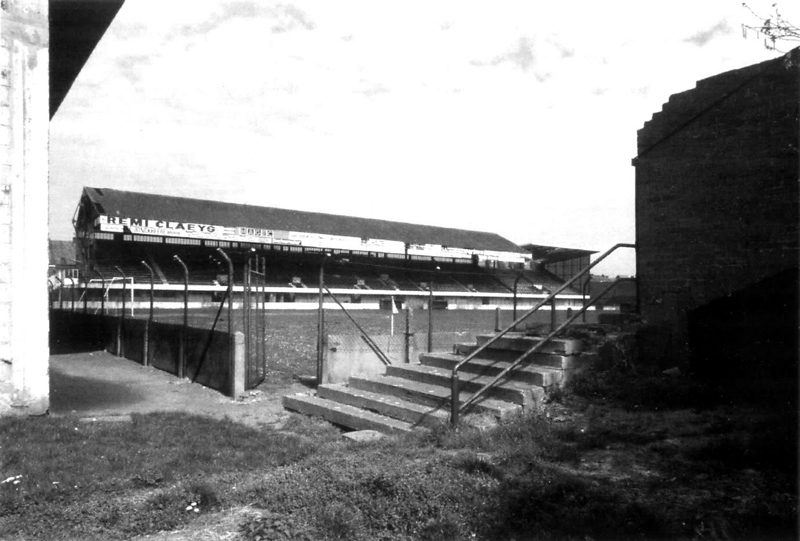
Albert Dyserynckstadion
The old stadium on the eve of its disappearance.
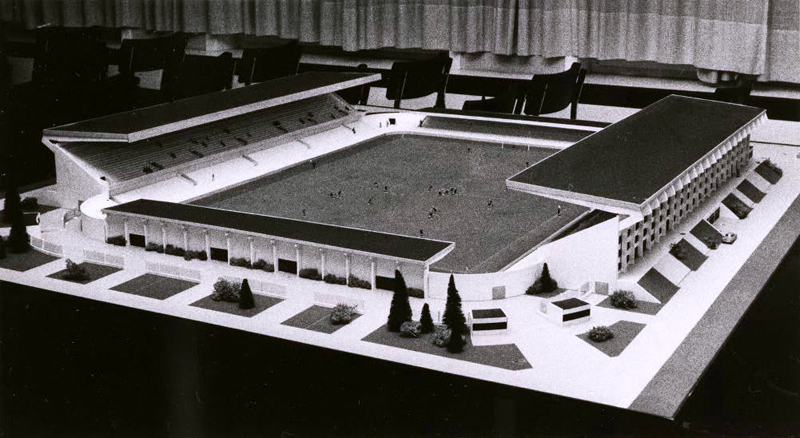
Jan Breydelstadion
The model of the Olympiastadion. 30,000 seats and optimum security.
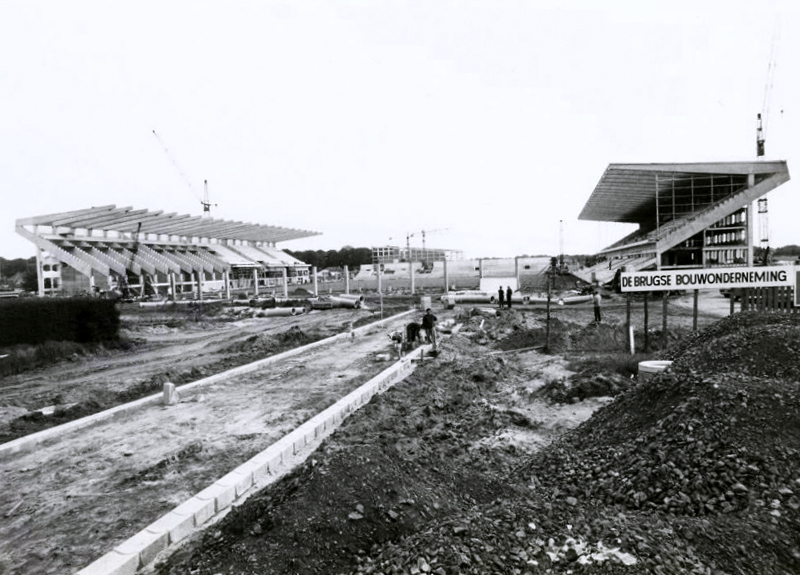
Jan Breydelstadion
The stadium under construction. It will be inaugurated in the summer of 1975.
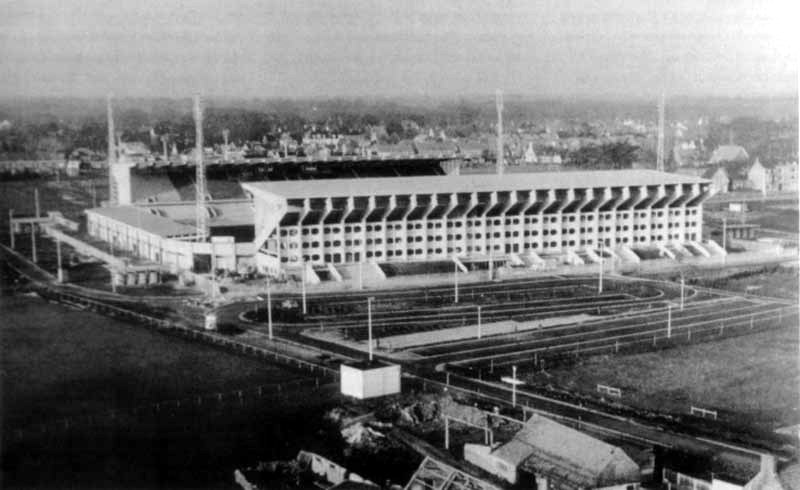
Jan Breydelstadion
The stadium during the 1980's. While the Olympiastadion will be the scene of the Club's greatest exploits, it will, however, be too big for a Cercle that has become anonymous.
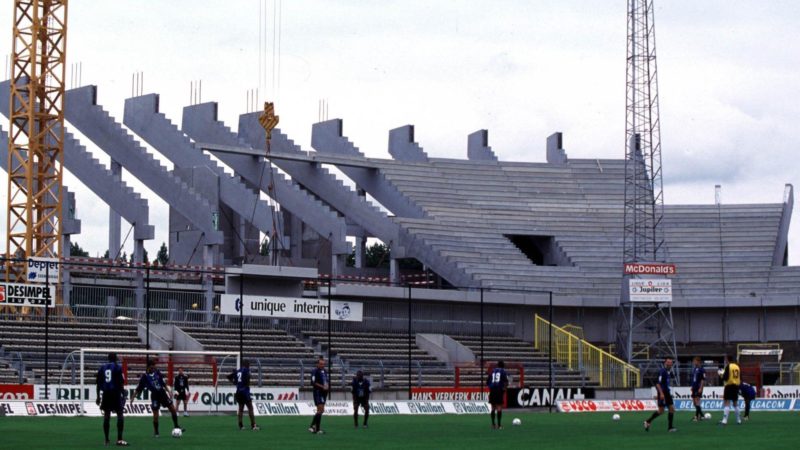
Jan Breydelstadion
Expansion works in preparation for Euro 2000. The capacity will drop to 30,000 seats.
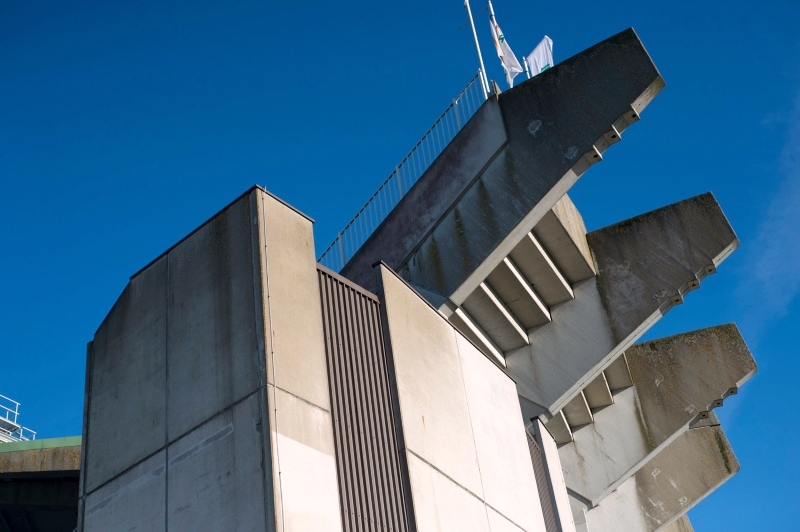
Jan Breydelstadion
The work was carried out in a hurry with some inconsistencies (like uncovered stands) but the stadium remains pleasant.
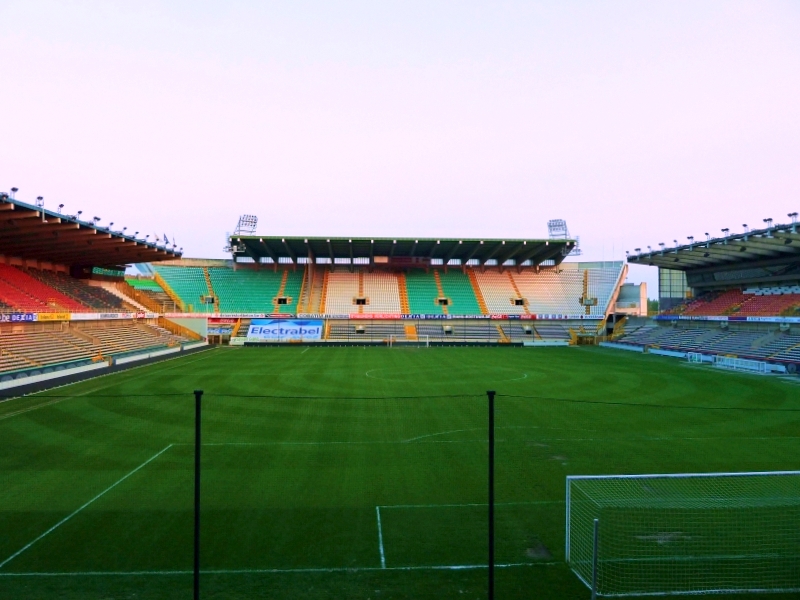
Jan Breydelstadion
The south end stand, partly reserved for visitors.
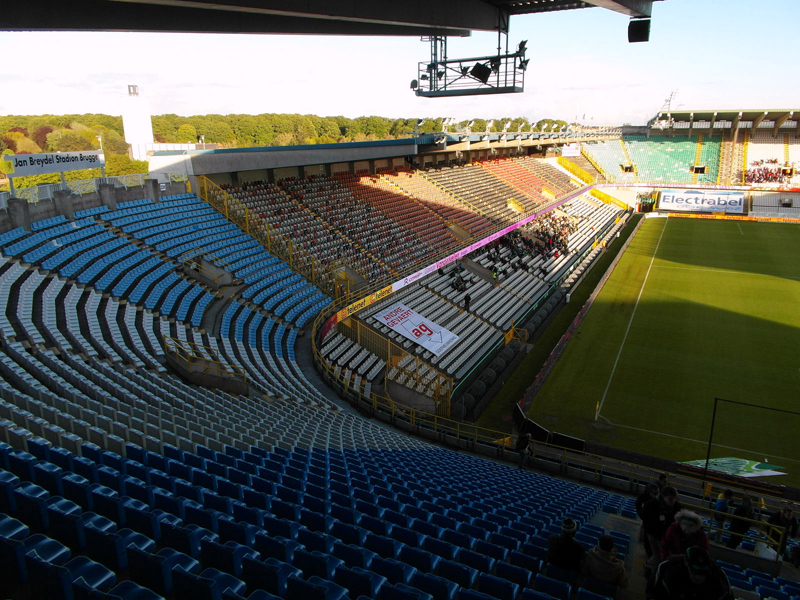
Jan Breydelstadion
View of the stand is capable of housing 5,525 people. In the foreground, the new tier of the north stand, the largest in the stadium with 9,107 seats.
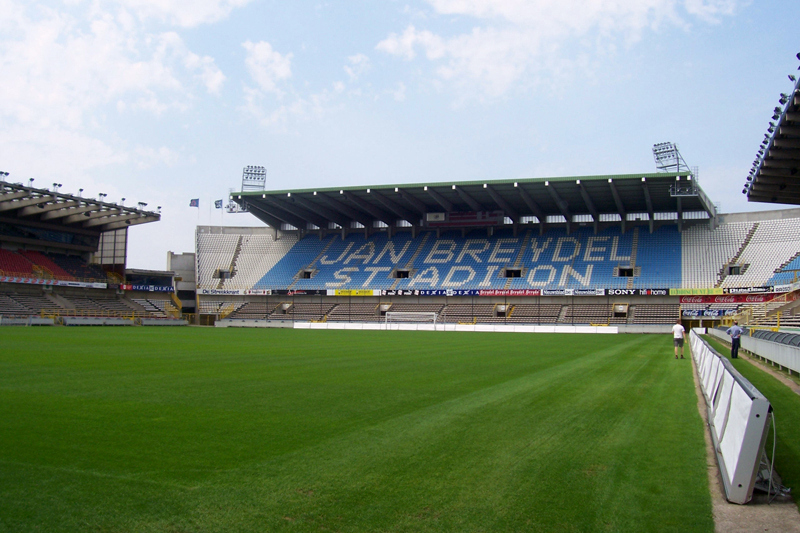
Jan Breydelstadion
The north stand, stronghold of the Club and Cercle's kops.
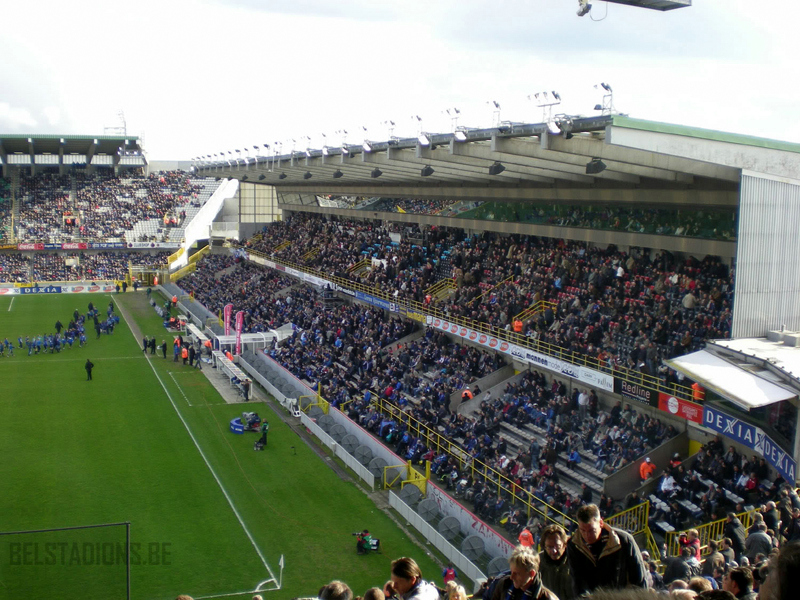
Jan Breydelstadion
The main stand to the west, with its business-seats and 5,032 seats.
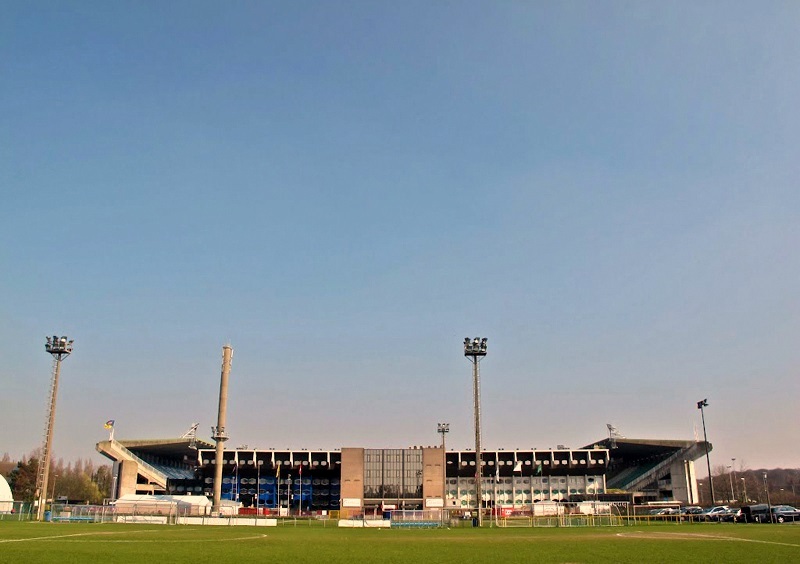
Jan Breydelstadion
The future of this stadium is still not clearly defined...
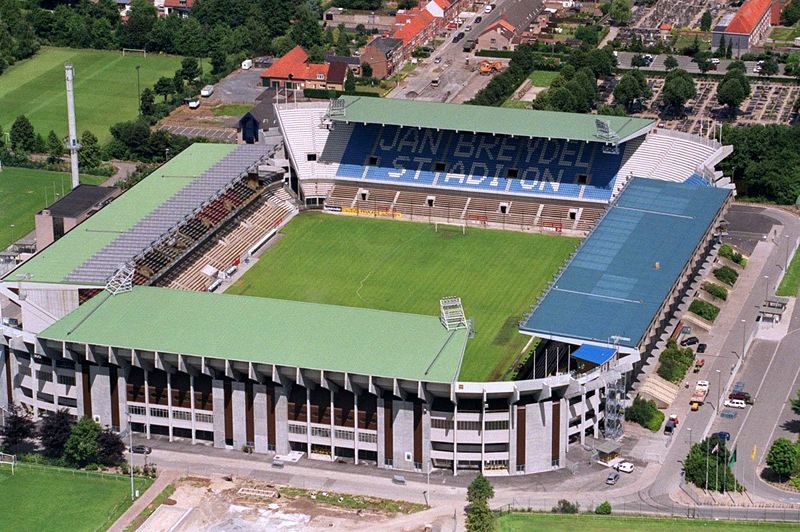
Jan Breydelstadion
Modern and still able to be enlarged, it would be a shame if it disappeared.
Note
-
This article comes from my old site www.foothisto.be but was never published.
It has been somewhat modified and updated recently (April 2020).
Related page
- Visit of the beautiful city of Brugge.
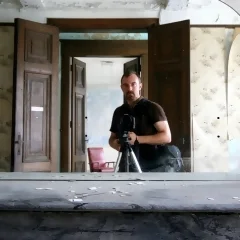
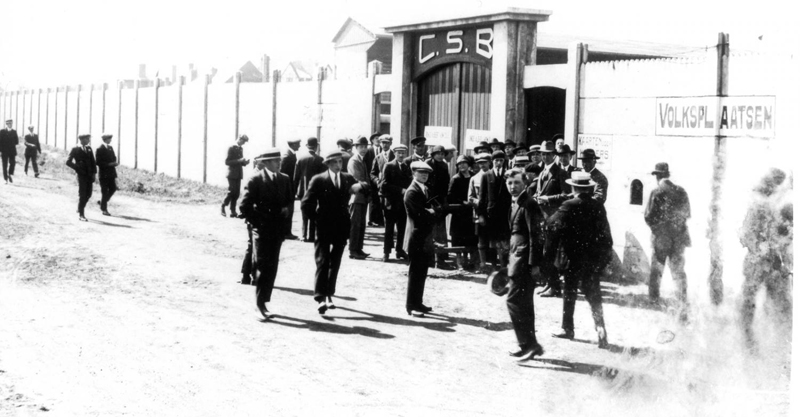
Soyez le premier & devenez quelqu’un de bien • Be the first & become a good person